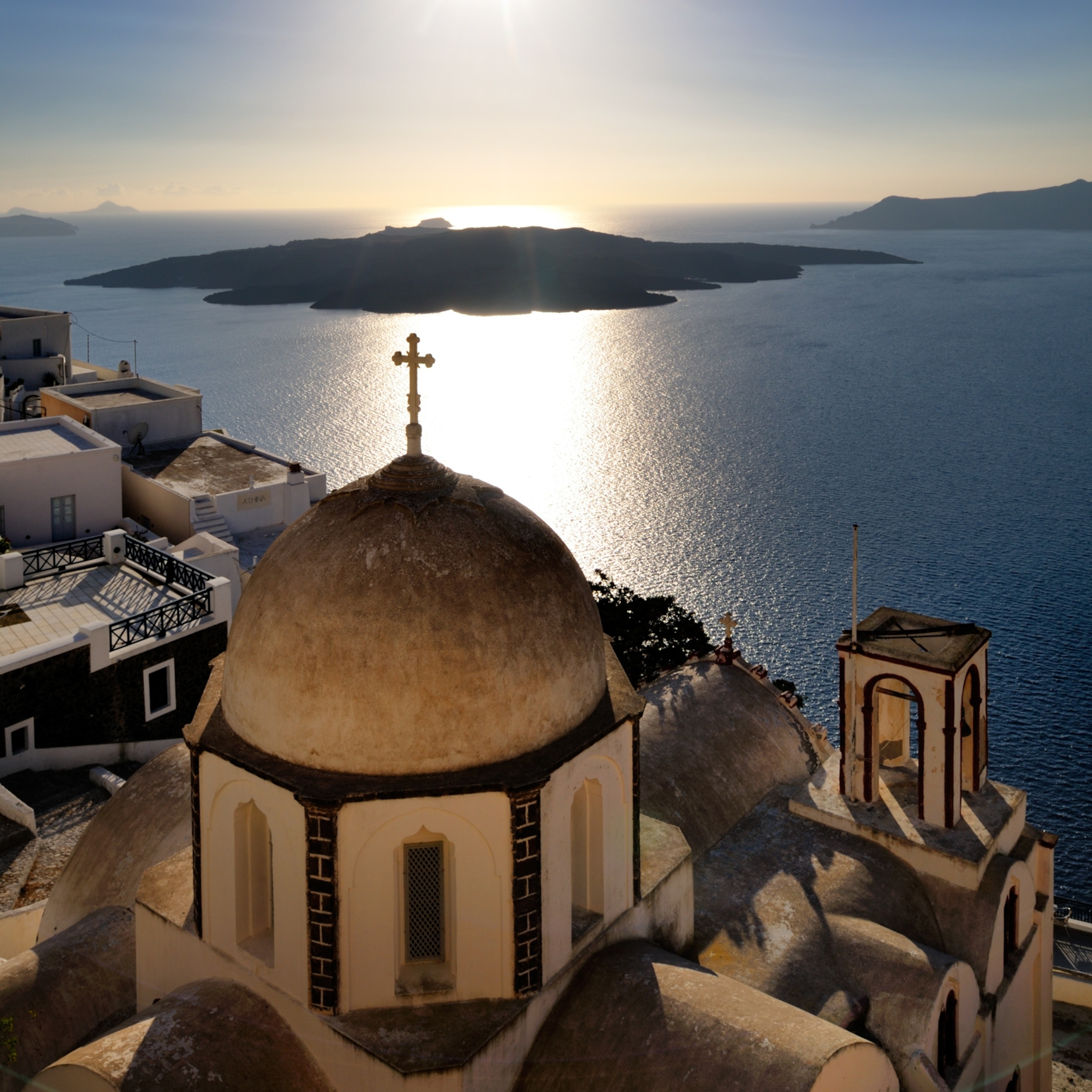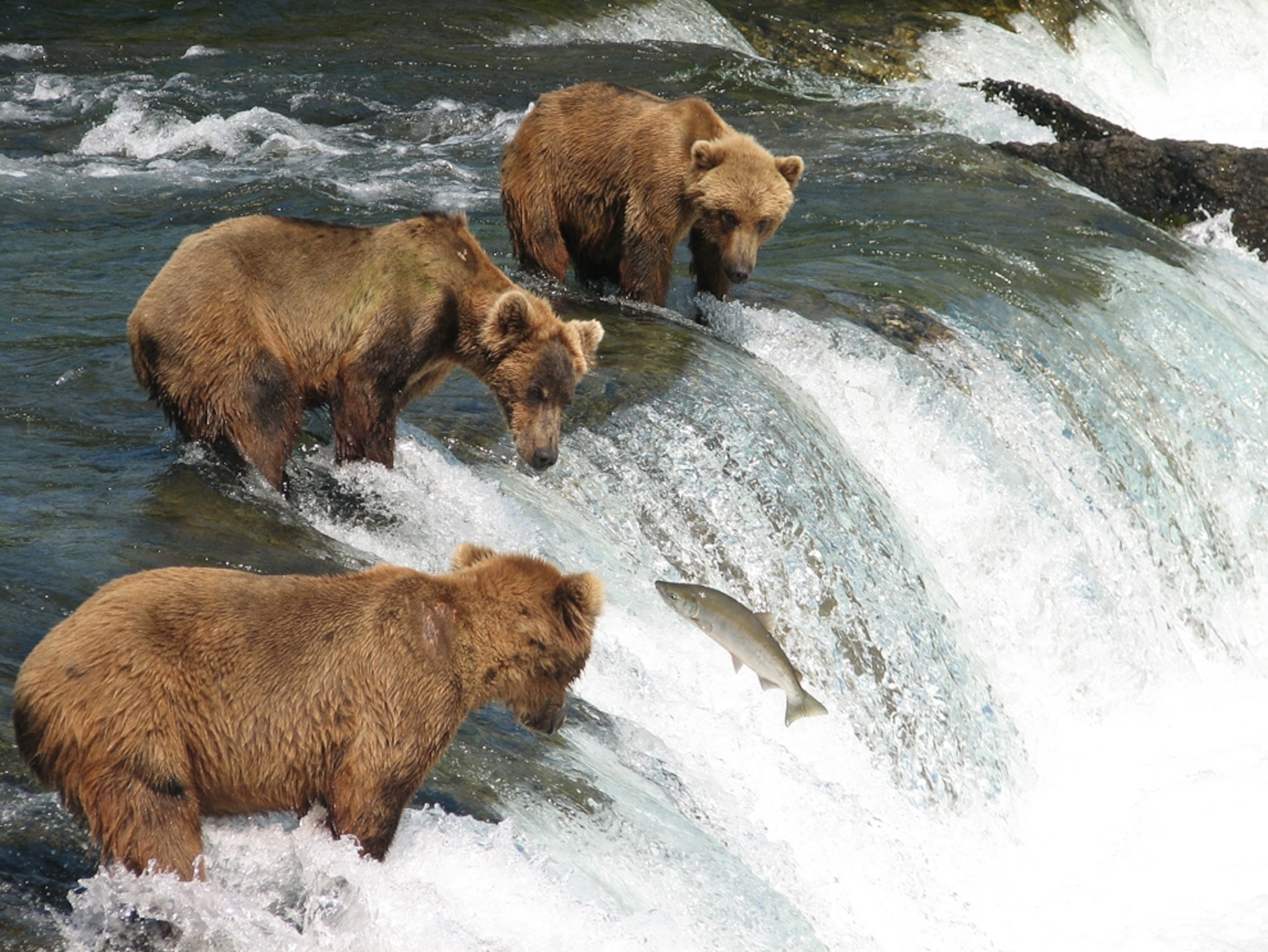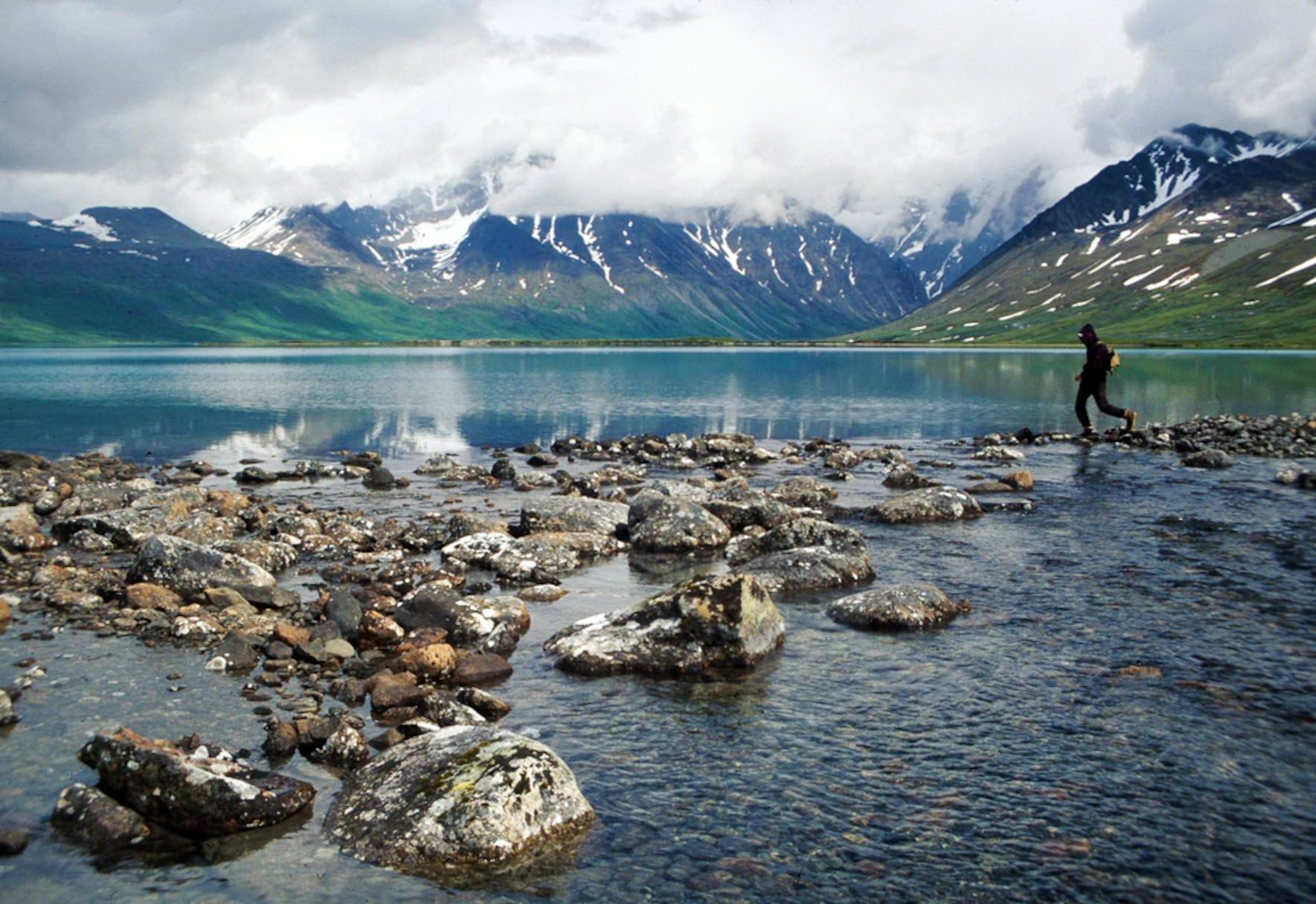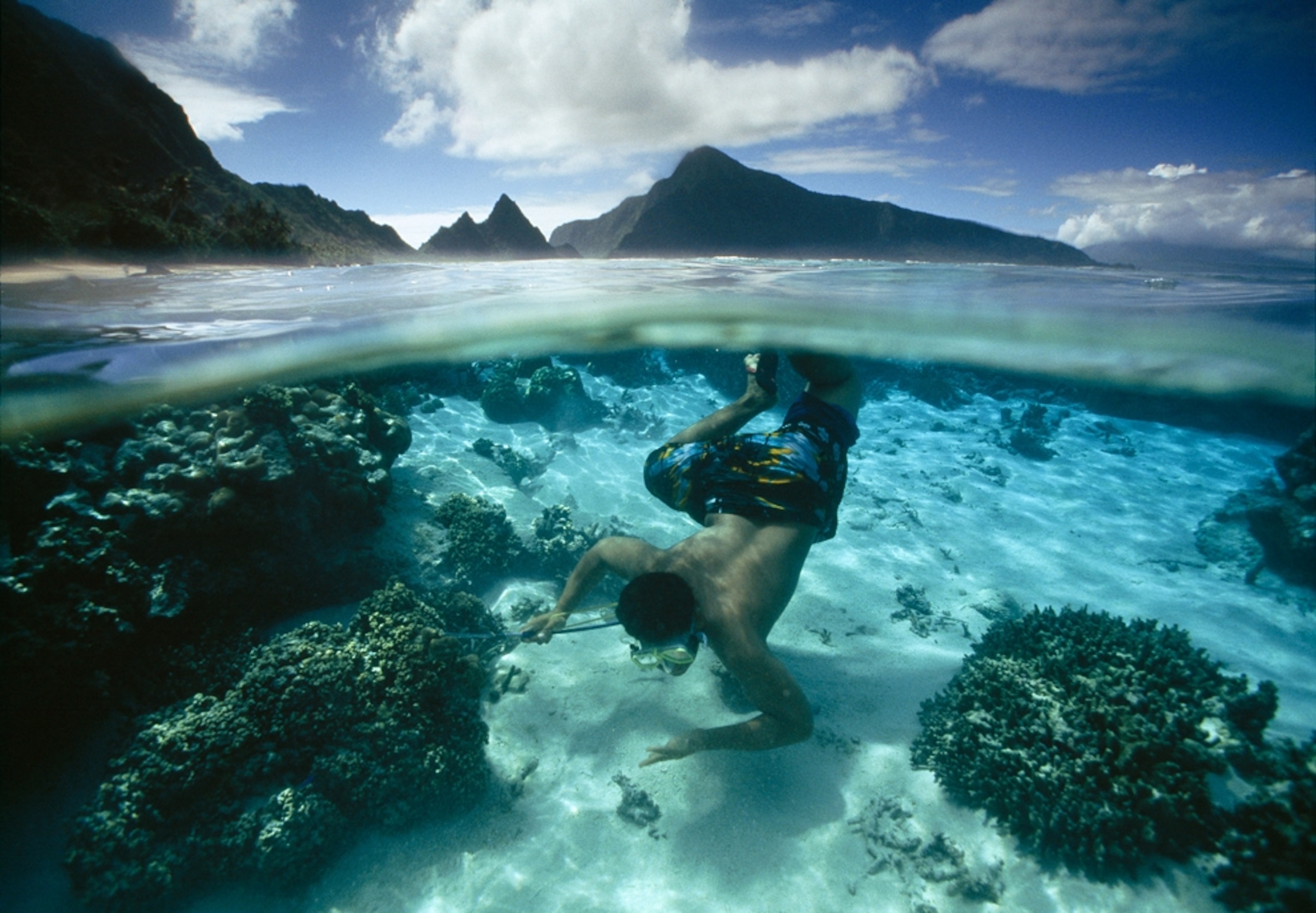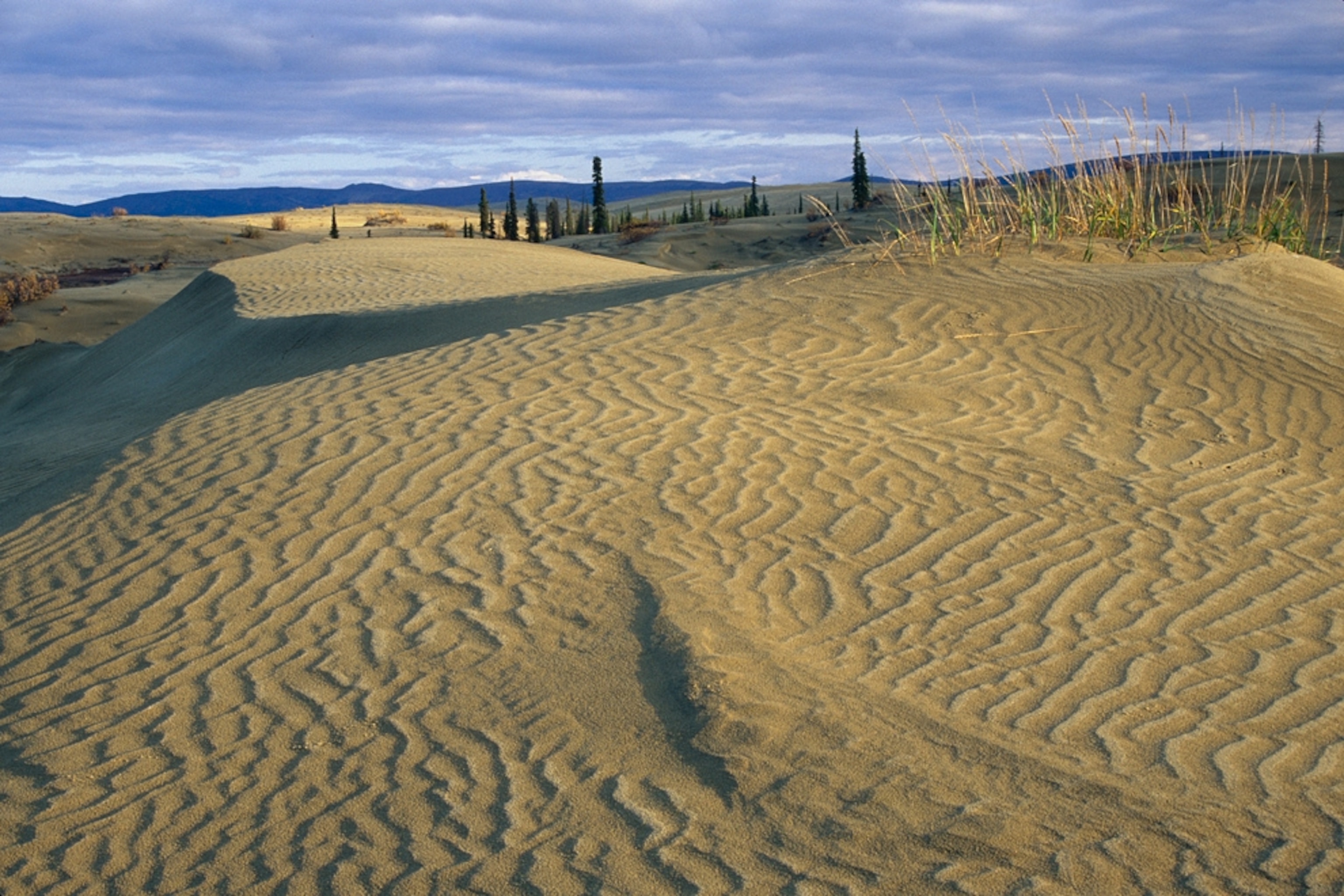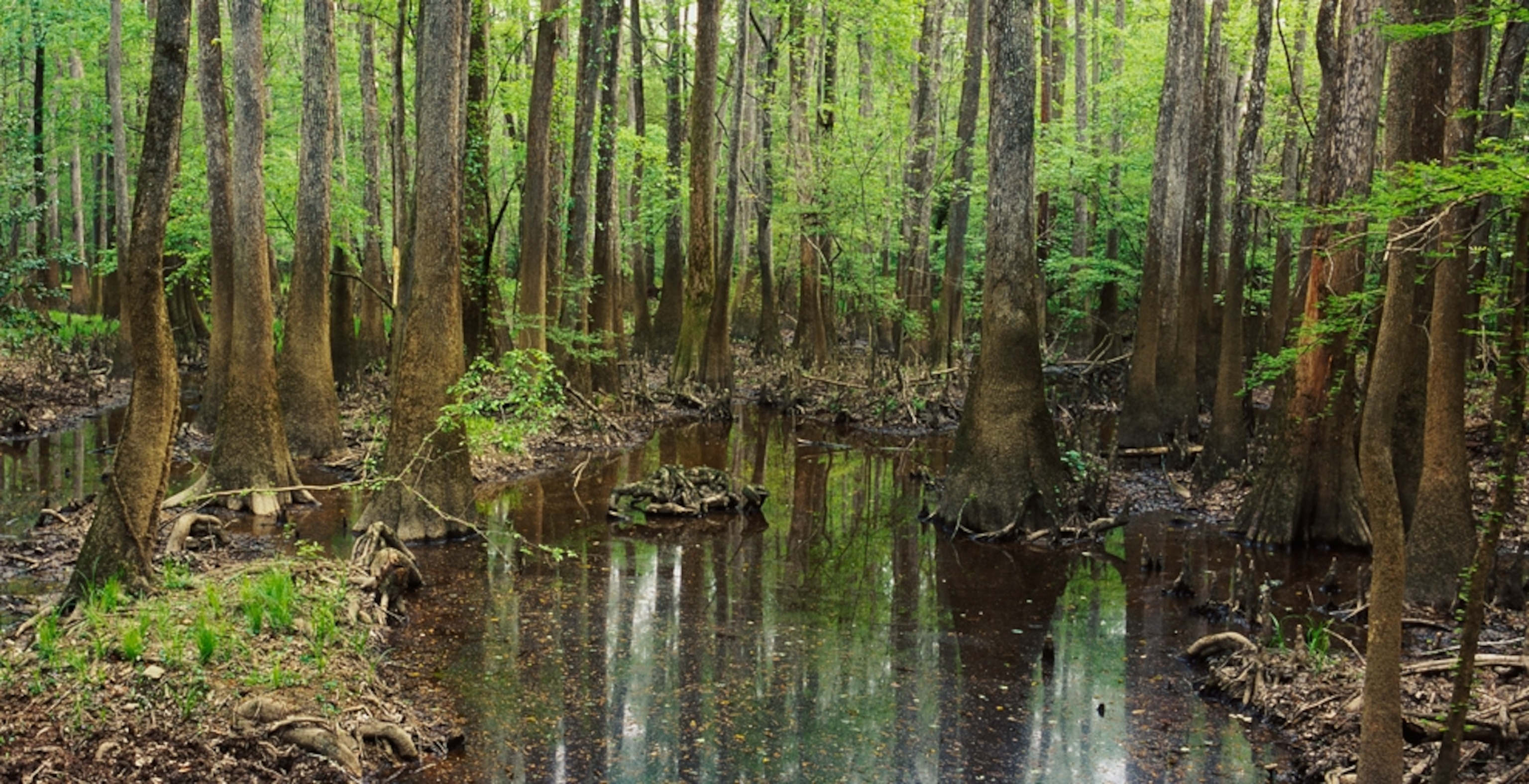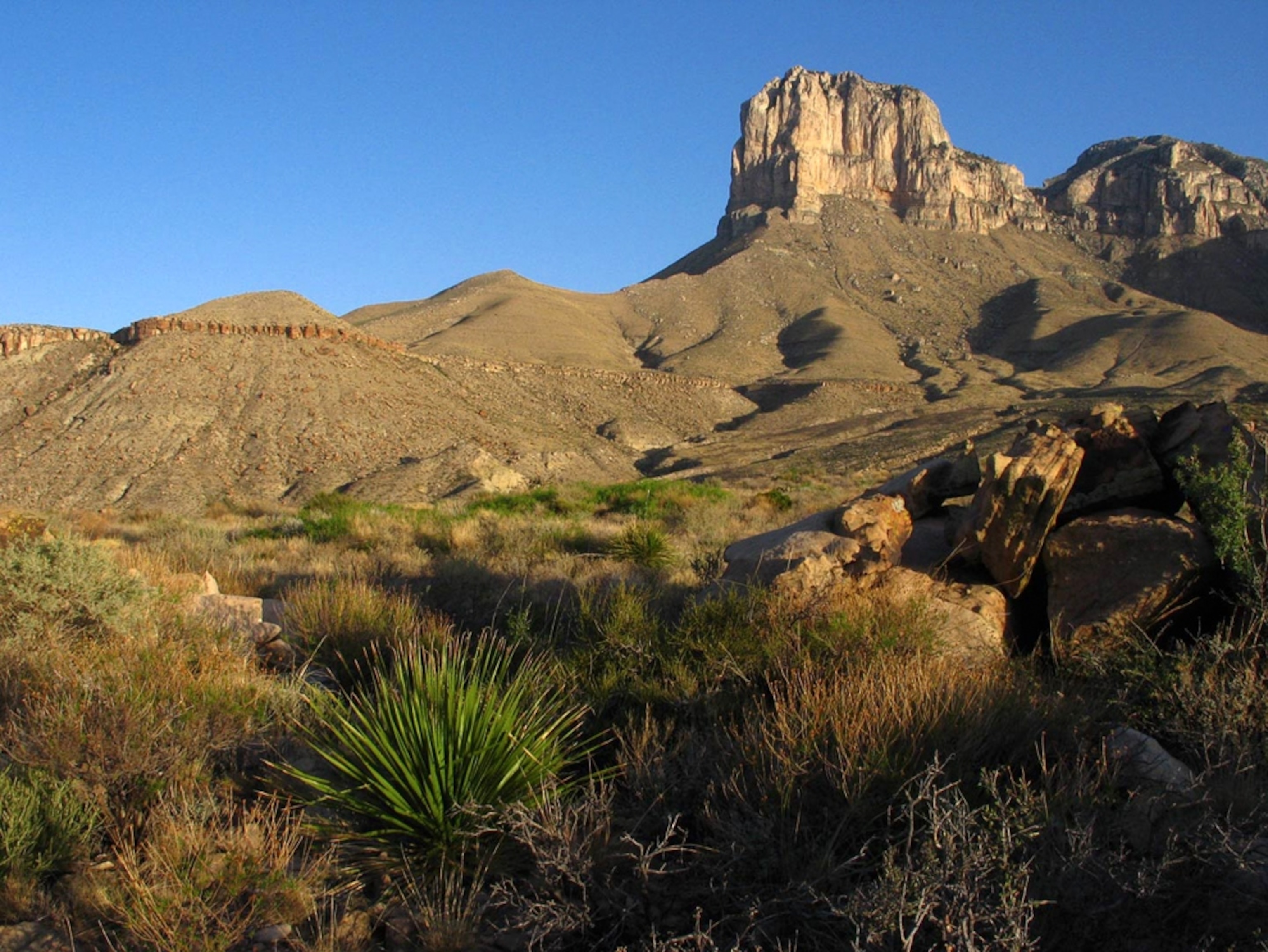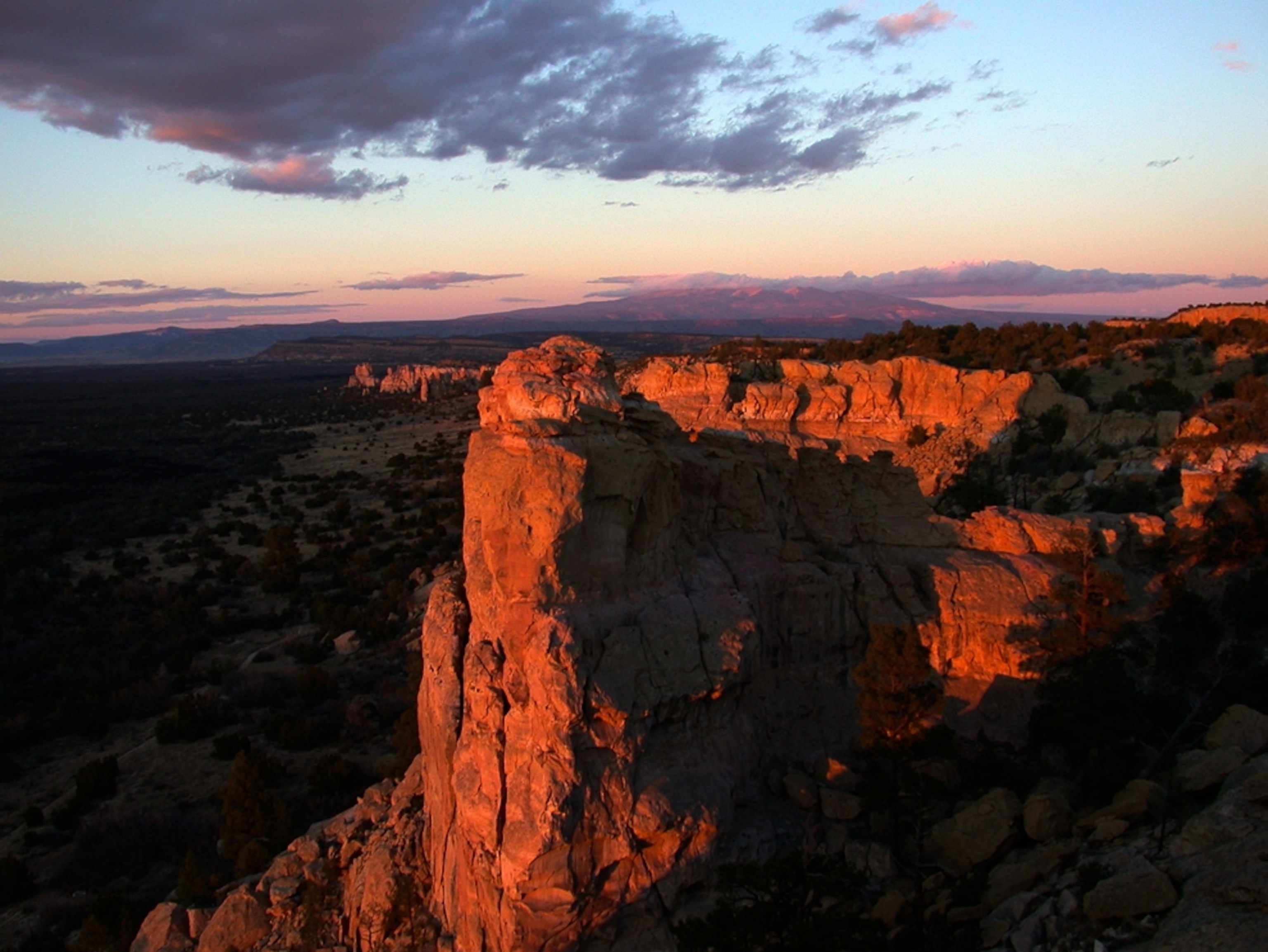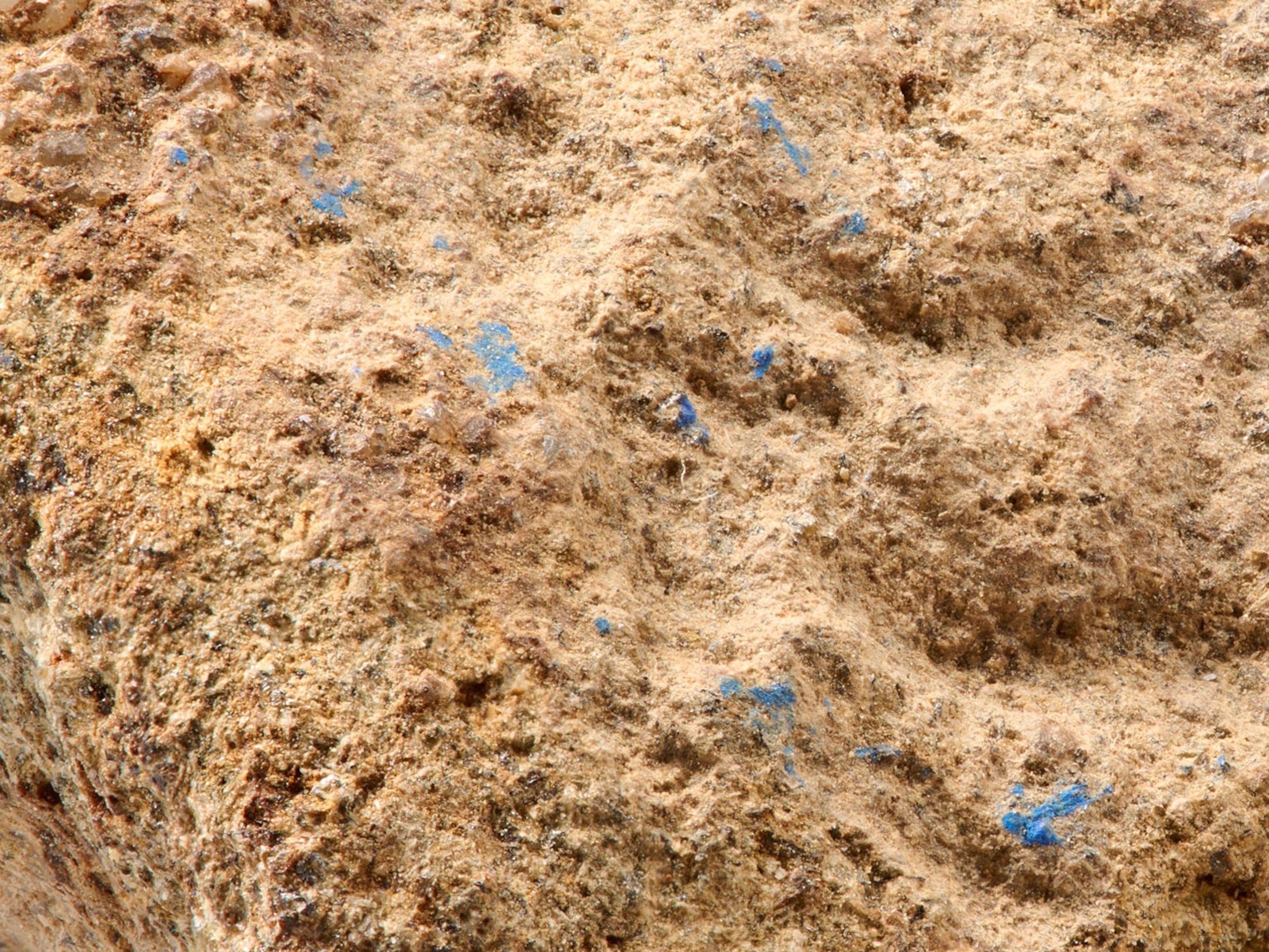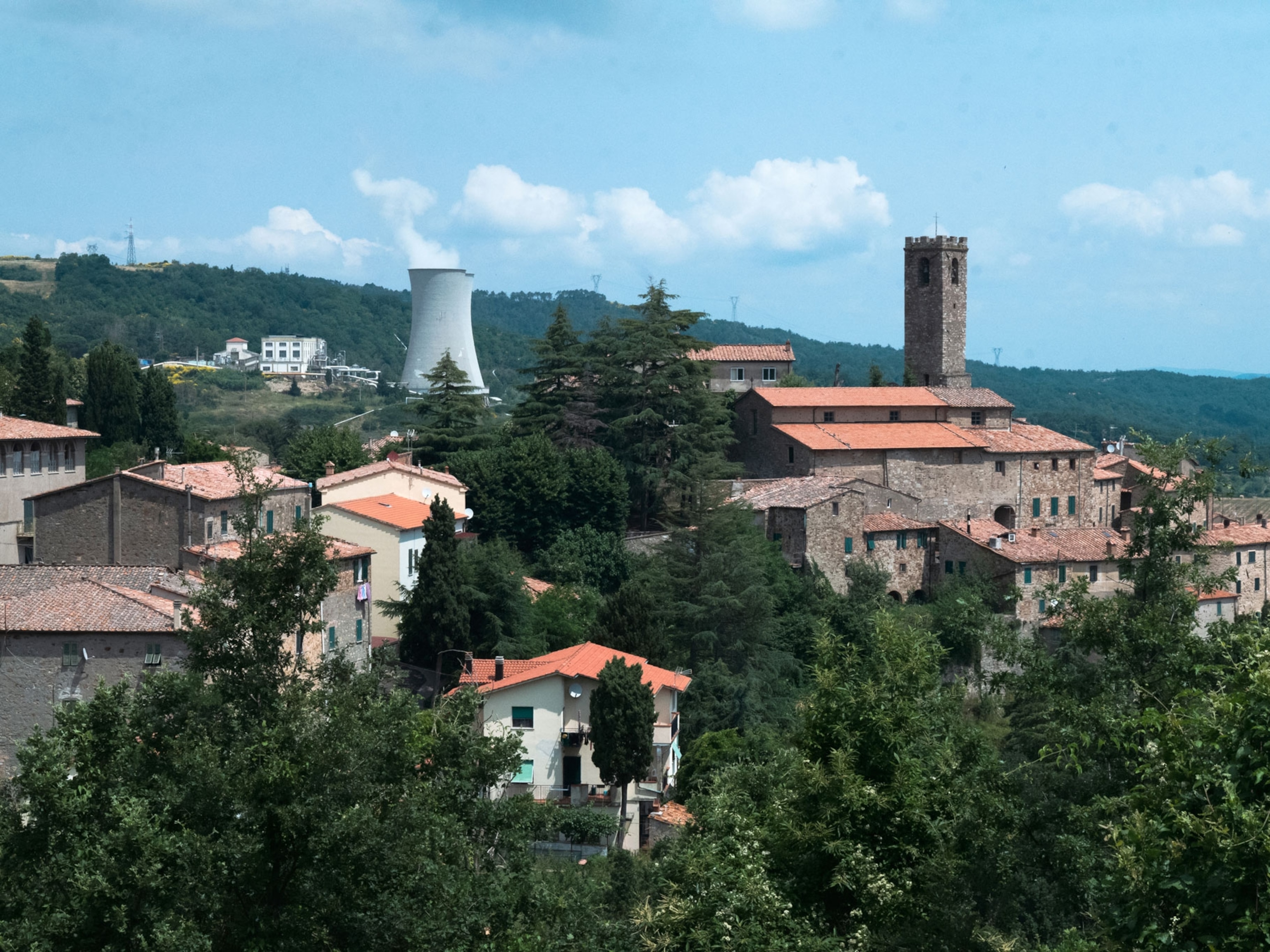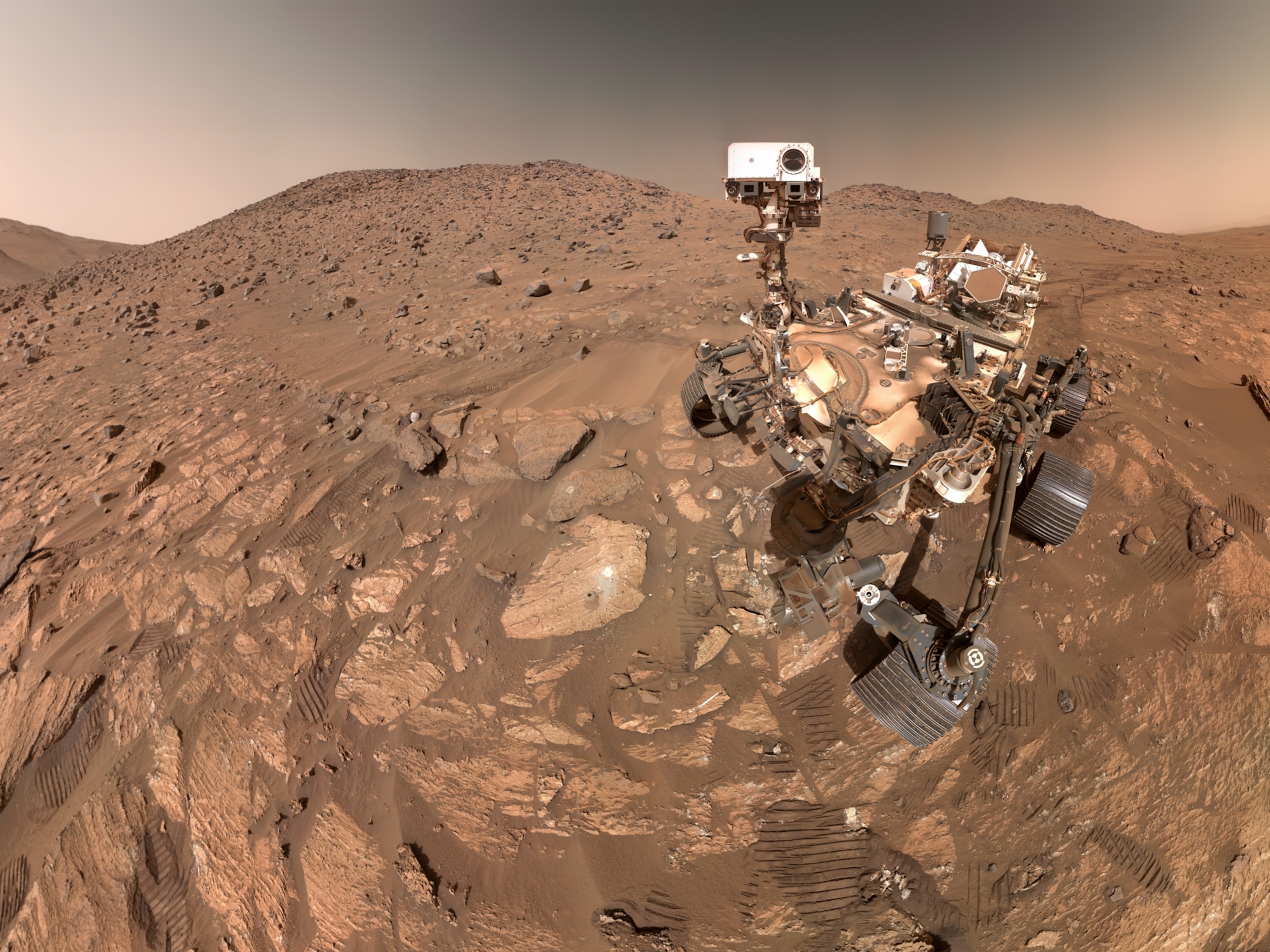
Yellowstone Supervolcano Could Be an Energy Source. But Should It?
The national park could power the entire continental U.S. with clean energy. Here’s why it remains untapped.
The northwest corner of Wyoming is boiling. There, 10,000 hydrothermal features transform Yellowstone National Park into an alien world with searing waters and steaming vents—all fueled by a simmering supervolcano.
While scientists agree that Yellowstone is not likely to erupt anytime soon, if and when it does, the event would be catastrophic. A massive magma chamber feeds this supervolcano, and an eruption would pack enough power to expel more than a thousand cubic kilometers of rock and ash at once. That would blanket most of the continental United States in debris and potentially plunge Earth into a volcanic winter.
So in 2017, NASA scientists ran a thought experiment to see if they might be able to halt a future supereruption. The internal study led by Brian Wilcox, an engineer at the Jet Propulsion Laboratory, suggested drilling a series of wells around the perimeter of the park and pumping cold water down into the hot rock. The hypothetical solution would cool down Yellowstone’s magma chamber and prevent calamity.
As a bonus, the system would be able to extract five gigawatts of electricity, making it one of the largest power plants in the world. Outside experts agree that Yellowstone hosts enough geothermal energy to power the entire country.
The idea, however, has reached a standstill. Yellowstone and other national parks have long been protected from commercial energy development to ensure that these regions remain pristine. The 1970 Geothermal Steam Act, which prohibited the placement of geothermal plants in national parks, even lists Yellowstone by name. (See vintage pictures of Yellowstone.)
While many geothermal experts agree that Yellowstone should remain untouched, reactions to NASA’s thought experiment highlight the promise and perils of other sizzling sites across the globe. Geothermal energy holds enormous clean energy potential, but it does carry drawbacks, and new power plants can face pushback from communities concerned about preserving the environment and even respecting local deities.
Graves of Geysers
Nowhere has geothermal energy taken a greater toll on the environment than in New Zealand. Much like Yellowstone, the Wairakei Basin of the country’s north island was once a bubbling landscape where 70 geysers periodically fired jets of water into the air. That is, until 1958, when a geothermal power plant was developed nearby.
The issue is that geothermal plants extract a considerable amount of subsurface water—one of the key ingredients necessary to form a geyser. While that water is re-injected back into the ground, it is not the same: Water levels, temperature, pressure, and chemistry fluctuate ever so slightly, and all these effects can mitigate and even destroy sensitive features like geysers.
Today, Wairakei does not host a single geyser. The power plant destroyed all 70 of the features, along with 240 hot springs. The region has fallen silent and cold—and it is not alone. All in all, New Zealand once contained the third largest concentration of geysers in the world, with more than 220 as recently as the 1950s. By the 1990s, only 55 remained.
But all may not be lost. The nearby Whakarewarewa thermal field faced a similar threat in the 1970s, when the tourist industry there started to flourish. Nearby hotels started to withdraw hot water from the field for bathing and heating—causing water levels to drop and geyser activity to diminish. So, the city council limited how much water could be removed, ultimately saving the thermal field from further damage.
Everlasting Steam
Helen Robinson, a Ph.D. student at the University of Glasgow, argues that scientists have also learned how to mitigate these impacts. That much can be seen in Iceland, which is often held up as the epitome of geothermal energy use, given that the landscape is dotted with efforts to harness its volcanic power with little environmental harm. Roughly 90 percent of Iceland’s residents live in geothermally heated homes, and 25 percent of its electricity is produced by geothermal power.
Robinson argues that the country’s triumph is because geothermal power companies carefully consider where to drill, keeping wells far from geysers to ensure the water feeding the roiling spouts is not within the same system as the one feeding the plant.
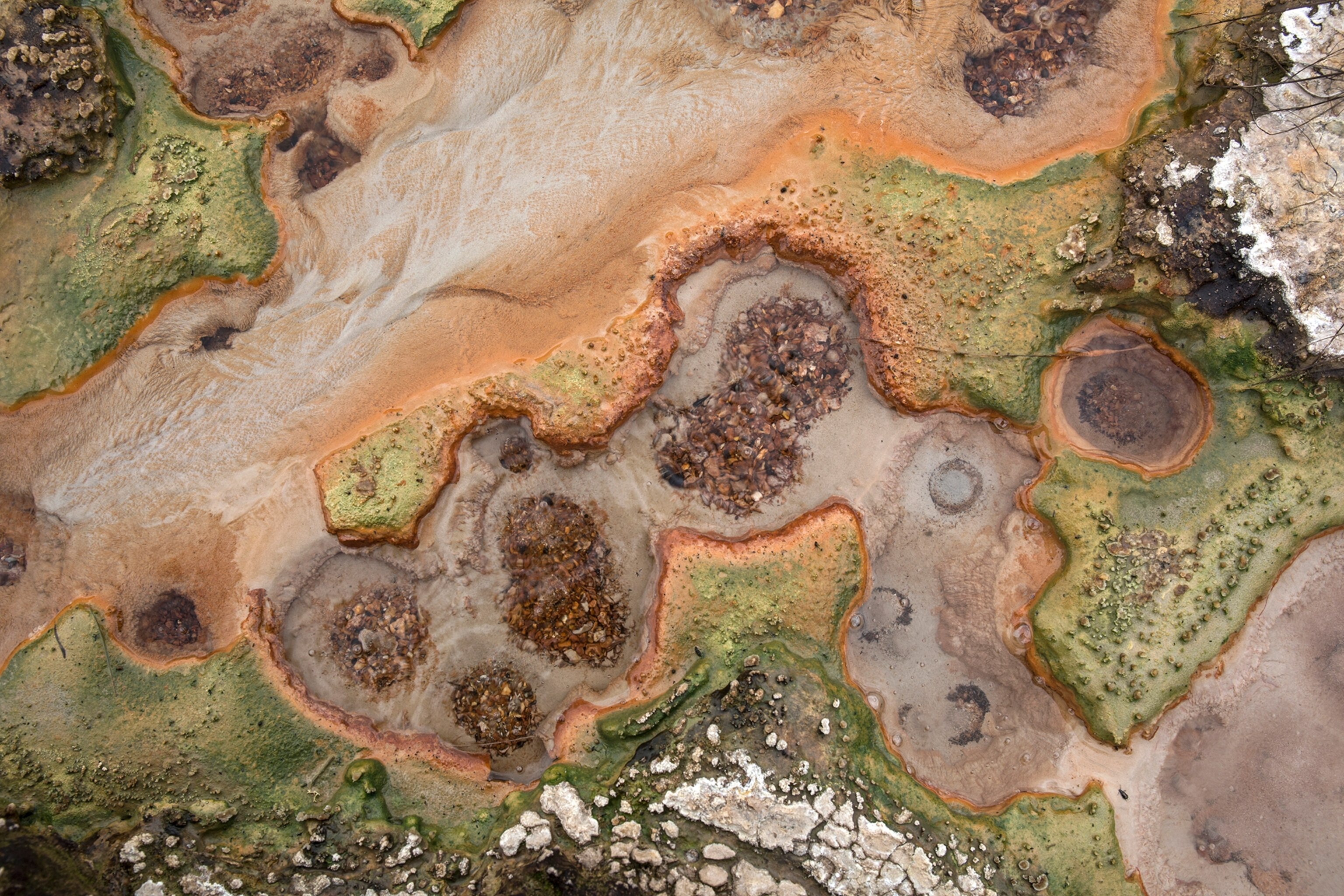
And Iceland is not the only success story. The largest geothermal development in the world, known as The Geysers in northern California, typically produces roughly 900 megawatts of electricity—enough to power the entire city of San Francisco year-round.
These examples undermine arguments that geothermal development always leads to environmental harm, says Jefferson Tester, director of the Cornell Energy Institute and an expert on geothermal energy. There is simply too much variability between systems, he says, to make blanket decisions about geothermal.
Furthermore, geothermal engineers are beginning to pursue larger-scale projects called enhanced geothermal engineering that don’t rely on hydrothermal systems. Instead, these plants drill tens of thousands of feet until they hit hot bedrock where there is no water. Then they inject cold water to make steam that in turn generates geothermal power.
Should a project like this take place at the edges of Yellowstone National park, it could easily bypass Yellowstone’s subsurface hydrothermal system—leaving the surface features untouched—and still drill deep enough to generate geothermal power, says Maria Richards, coordinator of the geothermal laboratory at Southern Methodist University in Dallas. Indeed, that was NASA’s hypothetical solution.
Eyesores and Blasphemies
But Richards does not want to drill anywhere near Yellowstone National Park. Even if a geothermal power plant did not destroy the region’s iconic features—from geysers and hot springs to mud pots and steam vents—the plant would not go unnoticed in such a pristine area.
“It’s a national park and to me, it’s sacred,” says Peter Larson, a geologist at Washington State University. "So, no you’re not going to drill there.”
Many people within the geothermal community agree, Tester says: “It serves as an icon for what the earth has to offer in terms of stored thermal energy, but it does not have to be the place where you exploit it.”
In short, the power plant would be an eyesore. It would transform a region known for its stark beauty, diverse wildlife, and lack of cellular coverage into an industrialized zone crisscrossed with power lines. As such, the decision not to use geothermal power is sometimes not a technological one, but a social one, argues Hazel Gibson, a geologist at the University of Plymouth who studies the public perception of geothermal power. That can be seen at other sites across the globe.
There is no doubt that geothermal power is an excellent alternative to oil and gas. What’s more, it doesn’t require storage to cover times when the wind is still and the sun is down. It’s even cheap—once the power plant is up and running.
And yet, many places don’t elect to use geothermal power to their advantage. In Hawaii, the Big Island’s active volcanoes scream geothermal potential. But the islands themselves mostly rely on fuel that is shipped from across the globe. Local residents fought hard when the only geothermal plant on Hawaii’s Big Island was developed 25 years ago—a battle that has resurfaced in recent months.
That geothermal power plant, which provided about 30 percent of the electricity on the Big Island, is now closed after lava from the Kilauea eruption overflowed the wells. While there is no reason the plant can’t resume operations once the volcano has simmered down, some local residents want it to stay closed. They have long argued that the plant not only subverts their worship of the volcano goddess Pele, but also that the drilling itself saps her spirit. (See how the Kilauea eruption is changing the shape of Hawaii.)
For many people, Yellowstone holds a similar sacred power that would make any serious discussion of geothermal there increasingly complex. Even Wilcox, the NASA engineer, is torn.
“I’ve been to Yellowstone many times myself—I love it,” he says. “I certainly would like to see my grandchildren have the same experience that I had. So, I’m not in favor of doing anything to threaten those features. But I am interested in preventing a global calamity that could very possibly wipe out most of humanity.”

